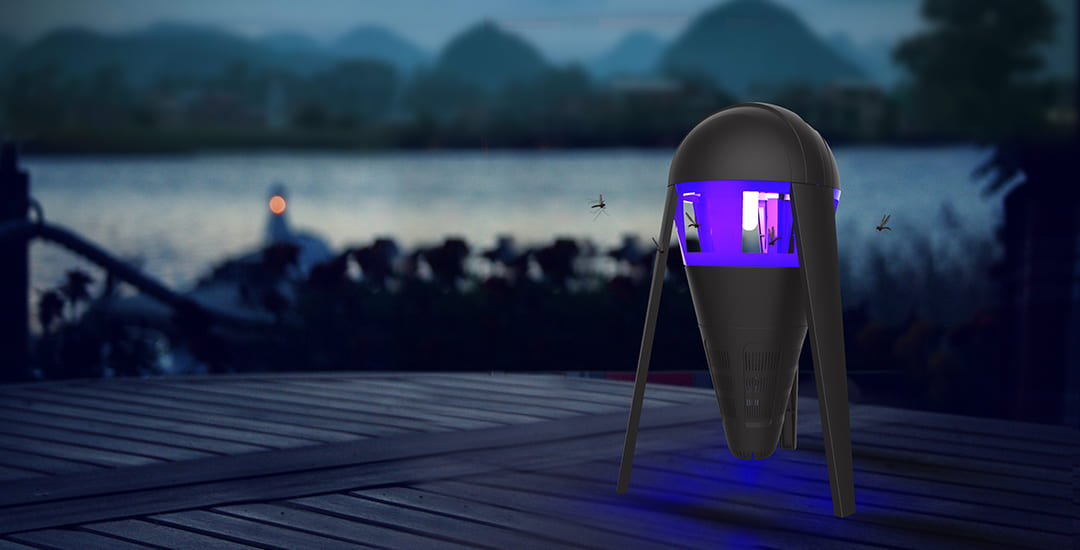Introduction:
Flying insects, particularly flies, can be a nuisance in various settings, including restaurants, homes, and commercial spaces. Electrical fly killers (EFKs), also known as fly zappers or fly traps, offer an effective solution for dealing with these pests. In this blog, we will explore how electrical fly killers work and the mechanisms behind their success in eliminating flying insects.
How Electrical Fly Killers Work?
Generally the working way of electrical fly killers can be divided into 3 steps: attraction, killing and cleaning. Attraction by using ultraviolet (UV) light, killing once touching upon the electrified grids and cleaning by removing the bottom catchment tray.

- Attraction: Most electrical fly killers are designed to attract flying insects using ultraviolet (UV) light. Flies are naturally drawn to UV light as they perceive it as a food or mating source. EFKs typically utilize specialized UV tubes or bulbs that emit a specific wavelength of light that is highly attractive to flying insects, luring them towards the device.
- Electrical Grid: Once attracted to the UV light source, the flying insects come into close proximity to the electrical fly killer’s grid. This grid is constructed with a series of electrified wires or metal rods. When the insects make contact with the grid, an electric current passes through their bodies, resulting in their electrocution.
- Electric Shock: The electrical shock delivered to the flying insects is typically of low voltage but high enough to kill them instantly. The amount of current passing through the grid is carefully regulated to ensure that it is lethal to insects while being safe for humans and pets.
- Disposal and Cleaning: Many electrical fly killers are built with a catchment tray or drawer situated below the electrical grid. As the insects are electrocuted, they fall into this tray, preventing their remains from scattering around the area. This design not only ensures cleanliness but also facilitates easy disposal and cleaning.
Conclusion:
Electrical fly killers exploit the natural tendencies of flying insects, particularly flies, to be attracted to UV light. By strategically placing UV light sources, EFKs effectively lure insects towards their electrified grids, where they are electrocuted. The combination of attraction, electric shock, and hygiene features makes electrical fly killers a powerful tool in eliminating flying insects and creating a more pleasant environment.
It’s important to note that while electrical fly killers are highly effective, they are not suitable for all locations. Care should be taken to strategically position them away from areas where food is prepared or served to prevent contamination. Regular maintenance and cleaning of the device, including bulb replacement and grid cleaning, are also essential to ensure optimal performance.
Investing in an electrical fly killer can provide long-term benefits, minimizing the annoyance and health risks associated with flying insects. Consider the needs of your specific environment and choose an electrical fly killer that suits your requirements, helping you maintain a cleaner and more hygienic space.








